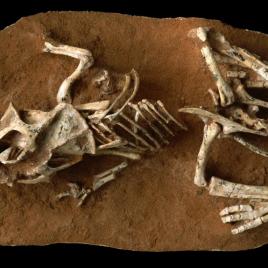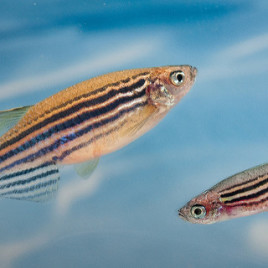
Hyoliths, extinct sea creatures from the Cambrian period known for their cone-shaped shell and unusual appendages, have long been mistaken for a type of mollusc. However, a recent discovery by a U of T undergraduate student revealed that hyoliths belong to a group called lophophorates. The main trait that defines living lophophorates, such as brachiopods and phoronids, is a feeding apparatus at the front of the hard shell, which is supported by a pair of tentacles. Researchers found evidence that hyoliths fed with the help of a row of flexible tentacles otherwise contained inside the two halves of a hard shell. This feeding method more closely matches that of lophophorates than molluscs. Researchers say this finding emphasizes the importance of soft tissue preservation for fossil classification, since the correct identification of hyoliths’ biological family largely depended on its soft tissue organs.
Authors:
Joseph Moysiuk, Martin R. Smith & Jean-Bernard Caron
Corresponding author:
Joseph Moysiuk, University of Toronto, Email: joe.moysiuk@mail.utoronto.ca
Original paper published in Nature on January 11, 2017.



